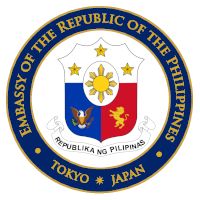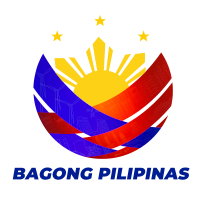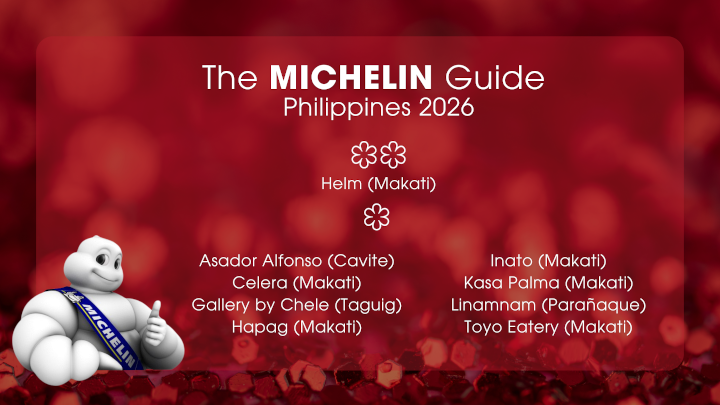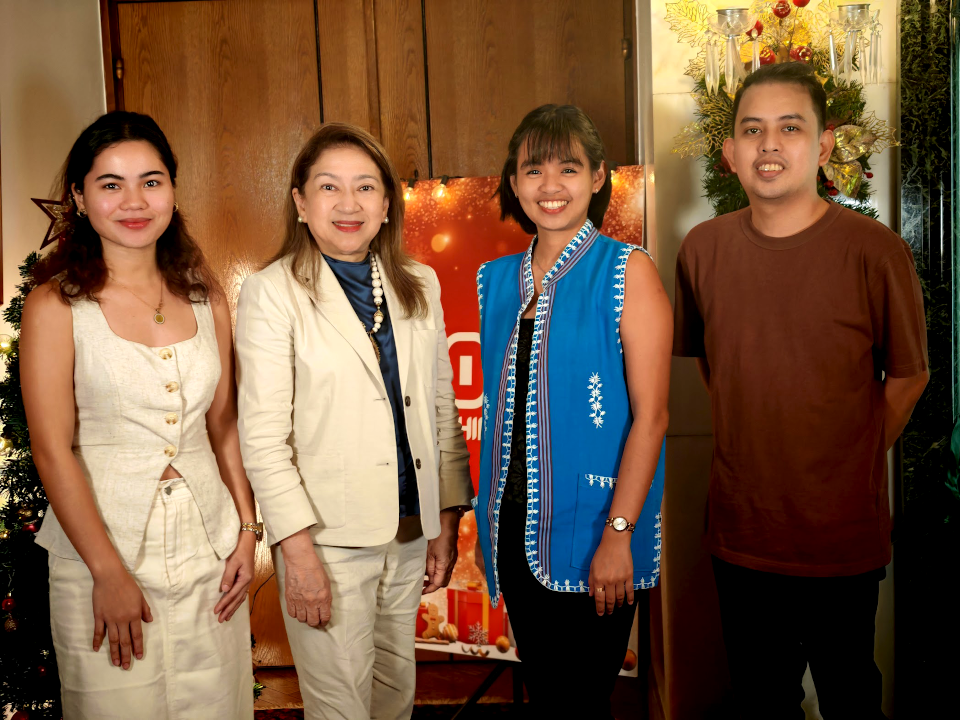Tokyoites Connect Through Philippine Weave Experience
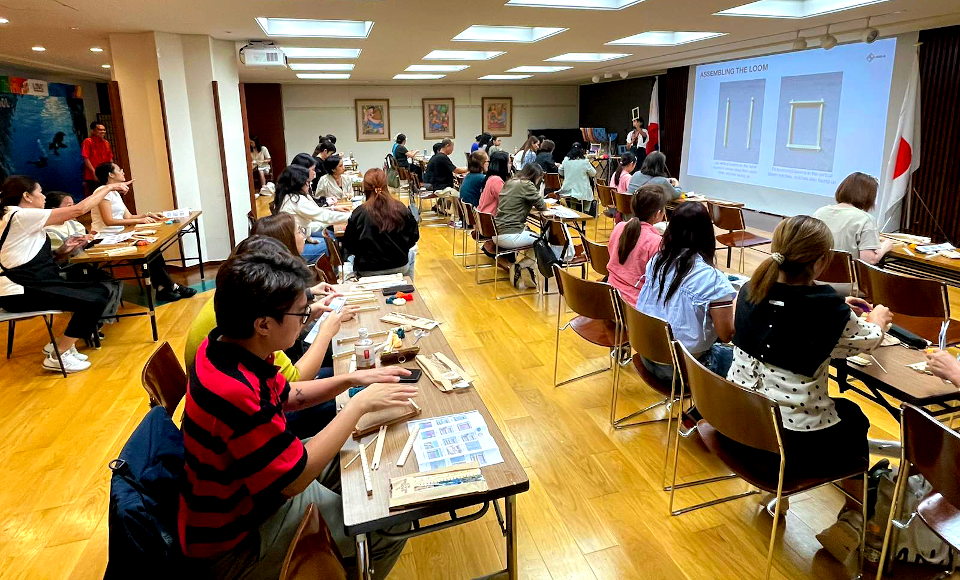
Participants from the Filipino community learn the intricate art of weaving during the Philippine Weave Experience Workshop conducted by Hibla Philippines on 05 October 2024 at the Philippine Embassy.
9 October 2024 – The Philippine Embassy in Japan and Sentro Rizal-Tokyo, in cooperation with the National Commission for Culture and the Arts (NCCA) and Hibla Philippines, presented the “Philippine Weave Experience” from 3 to 5 October 2024.
This vibrant cultural event showcased the textile traditions of the Philippines, featuring live demonstrations, interactive workshops, and exhibits that highlighted the artistry and craftsmanship of Filipino weavers. About 100 attendees learned about the history and significance of various weaving techniques, and even tried their hand at weaving their own pieces throughout the three-day event.
The Philippines is also celebrating the Centennial Year of Manlilikha ng Bayan (National Living Treasure) Magdalena Gamayo from 13 August 2024 to 12 August 2025. She is the oldest living Ilocano Master Weaver known for her “mastery in producing intricate designs and inventing her own pattern of ‘Ilocano Abel’ (Ilocano weave).”
Philippine Ambassador to Japan Mylene J. Garcia-Albano expressed her appreciation to the participating resource persons for their commitment to preserve Philippine weaving traditions.
“As we celebrate the art of Filipino weaving, we recognize not only the artistry and skill of our artisans but also their vital role in adapting our traditions to contemporary contexts. This event demonstrates how these time-honored techniques can thrive in today’s world, bridging the past and the future while enriching cultural exchanges between the Philippines and Japan,” the Ambassador said.
Hibla Philippines is a cultural preservation and advocacy organization dedicated to upholding the rich heritage of Philippine weaves. The term “hibla” in Filipino means “fiber” or “thread”. Through its sustainable programs and partnerships, Hibla seeks to empower local artisans, promote cross-cultural appreciation, and weave a tapestry of tradition and innovation.
As the Philippines celebrates National Indigenous Peoples Month this October, many of the works featured in the event are those made by skilled weavers from the Indigenous Cultural Communities (ICCs).
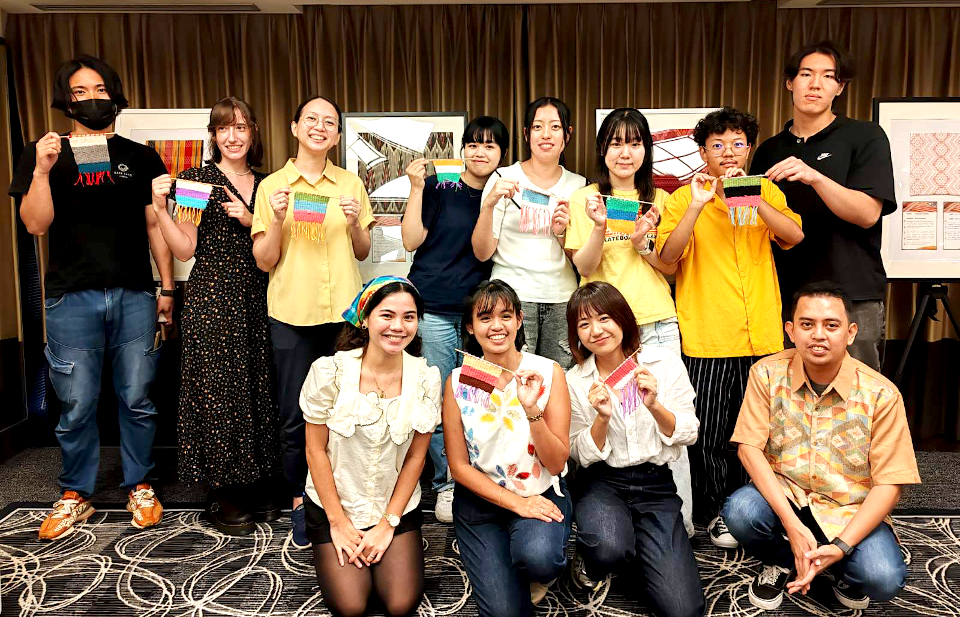
Students showcased the beautiful weaves they crafted during the Philippine Weave Experience Workshop on 04 October 2024 at Hotel New Otani.
